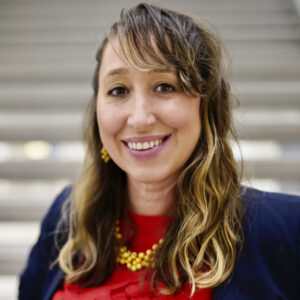 Christopher Zirkle, Associate Professor, Department of Educational StudiesChristopher Zirkle
Christopher Zirkle, Associate Professor, Department of Educational StudiesChristopher ZirkleChristopher Zirkle: Ohio Department of Education Career-Technical Teacher Education Programs FY2024 Funding $112,000
 Christopher Zirkle, Associate Professor, Department of Educational StudiesChristopher Zirkle
Christopher Zirkle, Associate Professor, Department of Educational StudiesChristopher Zirkle
 Ji-Young Choi, Associate Professor, Department of Human Sciences
Ji-Young Choi, Associate Professor, Department of Human Sciences Natasha Slesnick, Professor, Department of Human Sciences, HDFS; EHE Associate Dean for Research
Natasha Slesnick, Professor, Department of Human Sciences, HDFS; EHE Associate Dean for Research Sunny Munn, Director of Evaluation and Innovation at the Crane Center for Early Childhood Research and Policy (CCEC)
Sunny Munn, Director of Evaluation and Innovation at the Crane Center for Early Childhood Research and Policy (CCEC) Hadley Bachman, Family Engagement Research Manager, CETE
Hadley Bachman, Family Engagement Research Manager, CETE Rebecca Dore, Senior Research Program Director, The Crane Center for Early Childhood Research and Policy (CCEC)
Rebecca Dore, Senior Research Program Director, The Crane Center for Early Childhood Research and Policy (CCEC) Brian Focht, Professor, Kinesiology
Brian Focht, Professor, Kinesiology Matthew Mayhew, Professor, Department of Educational Studies
Matthew Mayhew, Professor, Department of Educational Studies Barbara Boone, Program Director of Family Engagement, CETE
Barbara Boone, Program Director of Family Engagement, CETE